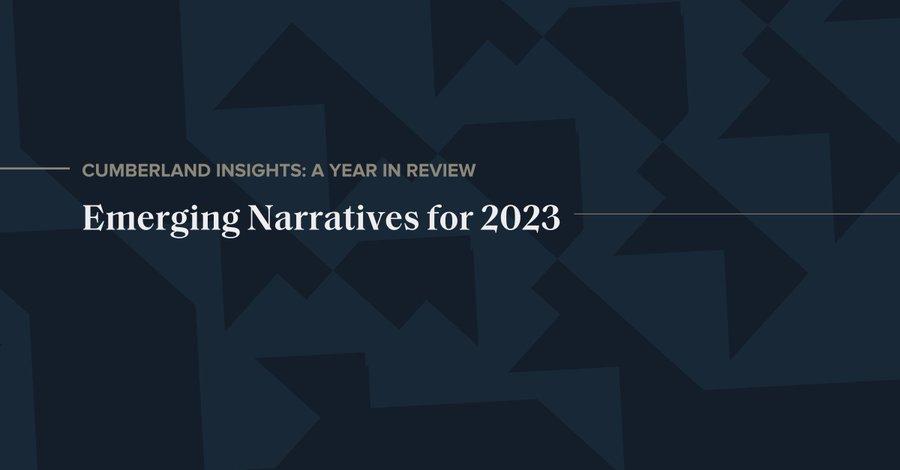What is a mortgage refinance?
Refinancing a mortgage means paying off your current mortgage by replacing it with another mortgage.
The benefits of refinancing
-
Reduce your payment – If interest rates drop significantly, refinancing could lower your payments or help you pay down your mortgage faster.
-
Use home equity – If you’ve paid down part of your mortgage already, you can use that home equity to:
- Pay for home upgrades
- Buy more property
- Contribute to other financial goals
- Help lower the cost of borrowing and pay off higher interest rate debt (e.g., credit cards)
How does a refinance work?
Mortgage refinancing is breaking your original mortgage contract and replacing it with another.
Unless you’re blending your current rate with a new rate and extending your term, or unless you have an open mortgage, it’s best to refinance at the end of your mortgage term to avoid a prepayment penalty.
Current regulations allow homeowners to borrow up to 95% of the appraised value of their home with default insurance, or up to 80% without default insurance.
Let’s say your home is worth $450,000, and you’ve been paying down your mortgage for some time, so you only have a balance of $100,000 left.
In this example, 80% of the value of your home would be $360,000 and because you still have $100,000 left to pay, you can access about $260,000 in equity.





